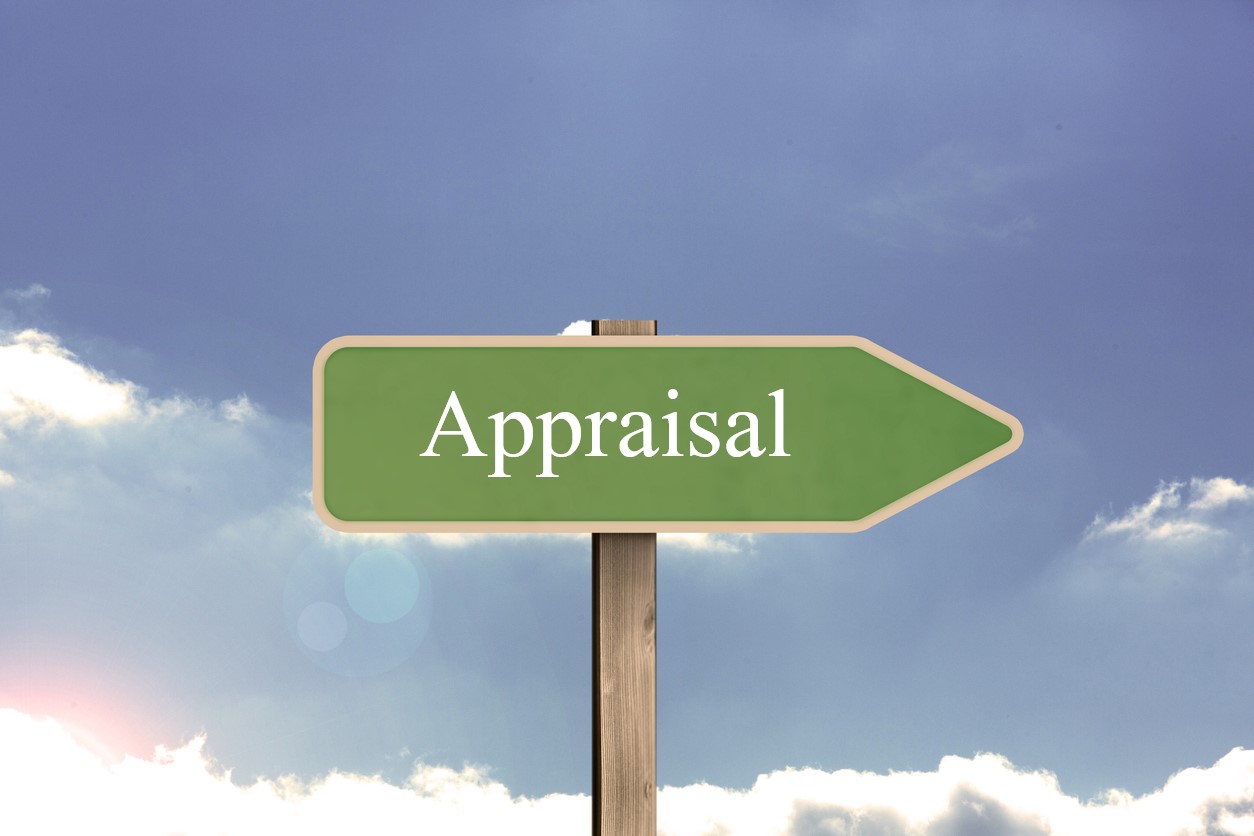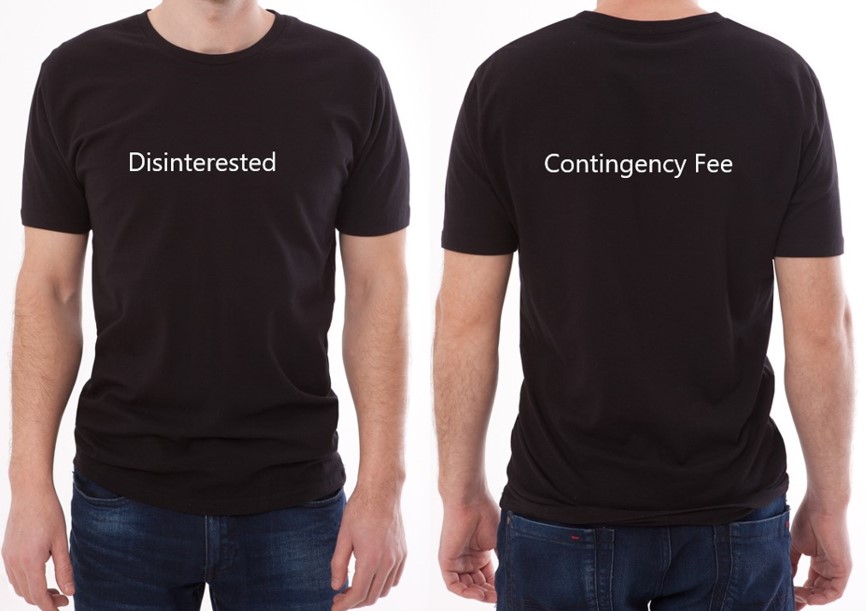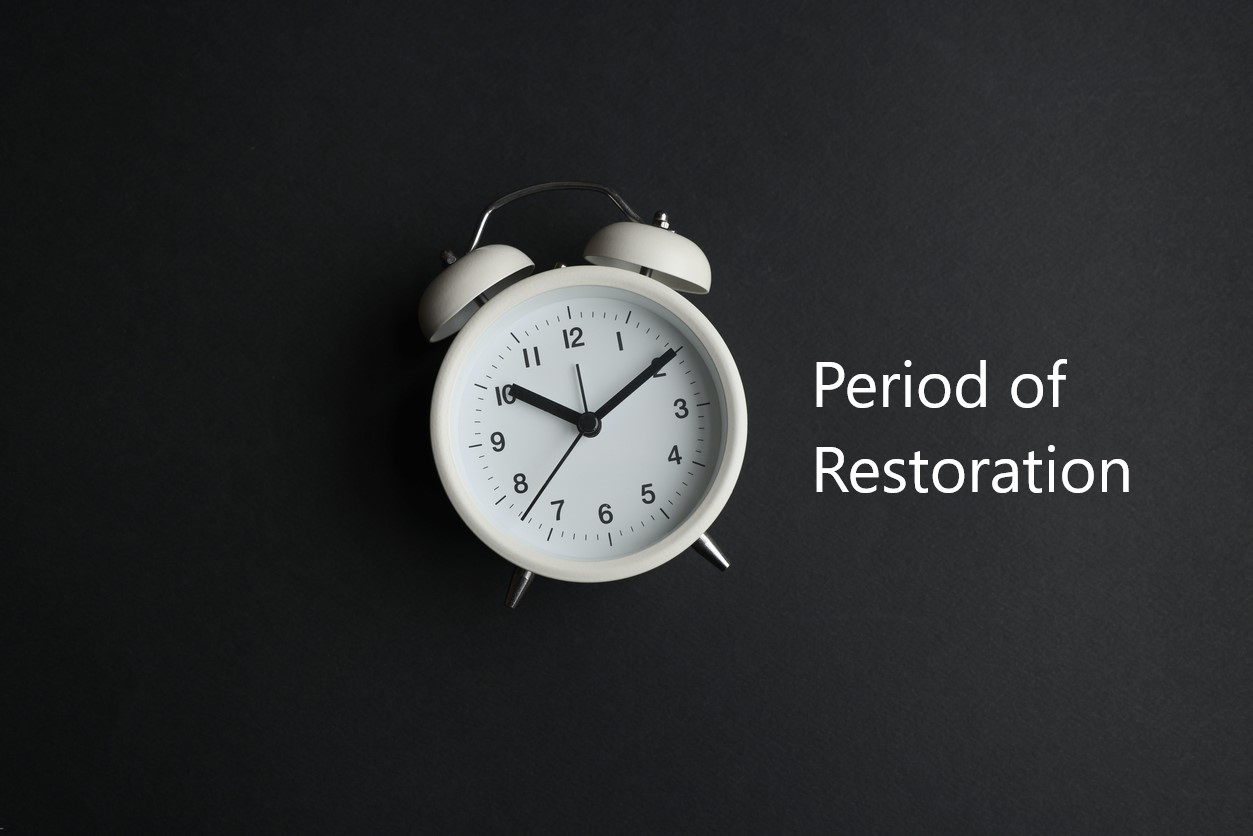The Insurance Appraisal and Umpire Association (IAUA) held its first-ever meeting in Utah yesterday, as noted in Chip Merlin In BadgerLand. Utah was admitted as a state on January 4, 1896. Five years before that, and as a Territory of the United States, the Utah Supreme Court recognized appraisal as a valid method for resolving a property insurance dispute.1
The court ruled that the appraisal panel should have considered all the loss and damage proximately caused by a fire:
The policy sued on contained a provision requiring the loss or damage in case of fire to be appraised by two disinterested and competent persons, unless such loss or damage could not be agreed upon between the parties; and that the loss should not be payable until appraisement should be made. It appears from the record that appraisers were selected and qualified, and that they made an award in which they found the amount of loss to be paid by defendant at $117.95. But the jury returned for plaintiff $793.59 damages, and $60.80 interest. Was the plaintiff’s right of recovery limited by the award? The appraisers testified that Mr. Chalmers, the adjusting agent of the defendant, was present at the time of the appraisal, and instructed them to appraise only the damage to the goods selected, and on the tables,-those laid out and invoiced; that with respect to the china-ware they only assessed the damage to the pieces and parts of sets left,-nothing for the missing pieces or because of sets being broken. They stated that the adjusters said they were only authorized to appraise the visible damage to the goods present per the inventory, and that he told plaintiff that this was all the appraisers had authority to determine; and that he would consider any further claim for loss when such appraisement was completed; and upon such a basis it appears from the record the appraisal was made, and that it was so made at the instance of the agent of the defendant. It is clear that this basis was too narrow. The policy covered any loss of property or damage to it by reason of the fire. The rule of damage is well stated in the first volume of Wood on Fire Insurance, p. 265: ‘When insurance is against loss by fire, the insurer is liable for any damage done to the property by reason of a fire, even though the property itself was not burned or in any wise injured by fire, if the fire was the proximate cause of such damage, and the damage arose in consequence of efforts reasonably made by the assured or others, in view of the imminence of the peril, to preserve the property from conflagration, which must be judged from the peculiar circumstances of each case.’ The fact that the award did not include all the loss and damage to which the plaintiff was entitled was the defendant’s fault, and the company cannot be allowed to take advantage of it. In assessing the plaintiff’s damages, the jury were not limited by the amount named in the award. The jury should have considered the entire loss and damage, and estimated them upon the principles as above stated.
The Utah Supreme Court allowed juries to consider amounts wrongfully not considered by appraisal panels.
I will post more regarding Utah appraisal law. The lesson from this post is that Utah has long recognized appraisal as a valid alternative to litigation, but the appraisal panel must determine “all the loss and damage” to which the policyholder is entitled.
Thought For The Day
If the people of Utah shall peacefully form a State Constitution tolerating polygamy, will the Democracy admit them into the Union?
—Abraham Lincoln
1 Sling v. Scottish Union Nat. Ins. Co., 7 Utah 441, 27 P. 170 (Utah 1891).




